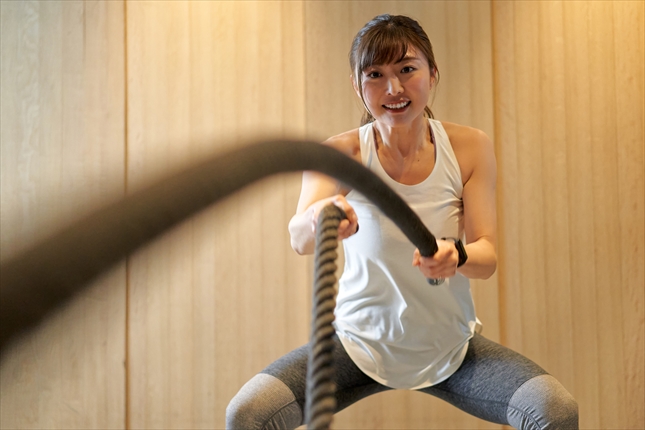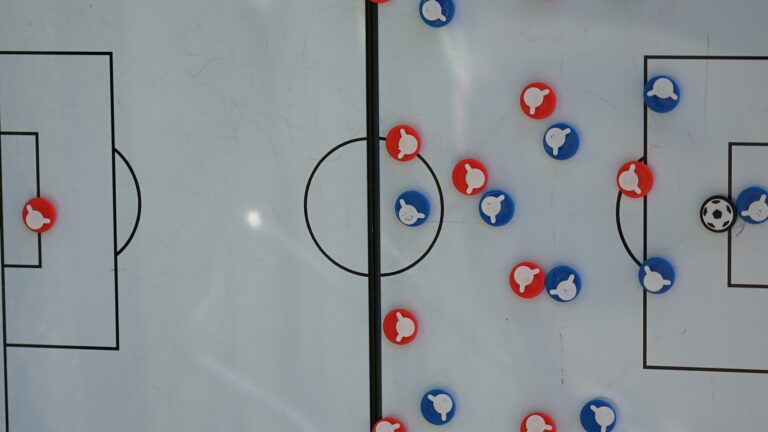HIIT stands for High-Intensity Interval Training. It’s a popular exercise method known for its effectiveness and time efficiency. Here’s a breakdown of HIIT and its impact on athletes and children:
What is HIIT?
HIIT involves alternating short bursts of intense exercise with periods of rest or low-intensity activity. The work intervals typically push you to 80-95% of your maximum heart rate, while rest periods allow for partial recovery. The specific duration of work and rest periods can vary depending on the program but typically range from seconds to minutes.
Benefits for Athletes:
- Improved cardiovascular fitness: HIIT is excellent for boosting VO2 max (maximum oxygen uptake), a key indicator of cardiovascular health and endurance. This translates to better stamina and performance during athletic activity.
- Increased power and speed: HIIT can enhance anaerobic capacity, the energy system used for short bursts of high-intensity exercise. This translates to improved power output and faster sprints or bursts of speed crucial in many sports.
- Enhanced metabolic efficiency: Studies suggest HIIT can increase your body’s ability to burn calories even at rest, potentially aiding in weight management or improved body composition for athletes.
- Time-efficient training: HIIT workouts are typically shorter than traditional cardio sessions, making them ideal for athletes with busy schedules.
Considerations for Athletes:
- Intensity is key: HIIT requires pushing yourself to near-maximal effort during work intervals. This can be demanding, so proper guidance and monitoring are crucial.
- Recovery is essential: Rest periods are vital for recovery between intense bursts. Allowing your body sufficient time to recover prevents overtraining and potential injuries.
- Specificity matters: While HIIT offers general benefits, consider incorporating sport-specific training alongside HIIT to maximize athletic performance.
Effects on Children:
- Improved fitness: HIIT can enhance children’s cardiovascular fitness, muscular strength, and agility.
- Reduced risk of health problems: Regular physical activity, including HIIT, can help children maintain a healthy weight and potentially reduce the risk of chronic diseases later in life.
- Increased enjoyment of exercise: The short bursts of activity and rest periods in HIIT can make exercise more engaging for children compared to longer sessions.
Important Considerations for Children:
- Maturity matters: HIIT is generally not recommended for very young children. Their bodies are still developing, and high-intensity exercise can be too demanding.
- Focus on proper form: It’s crucial to ensure children perform exercises with proper form to prevent injuries.
- Start slow and progress gradually: Gradually increase the intensity and duration of HIIT workouts as children’s fitness levels improve.
- Supervision is essential: Children, especially younger ones, should be supervised by a qualified professional during HIIT sessions.
Conclusion:
HIIT can be a valuable training tool for both athletes and children when implemented appropriately. Athletes can benefit from improved fitness and performance, while children can experience overall health and fitness improvements. However, proper intensity levels, recovery periods, and supervision are crucial for both groups to ensure safety and maximize the benefits.


![Read more about the article [5 Things to Know About] How to Choose the Right Spanish soccer](https://www.sparklesocceracademy.com/wp-content/uploads/2024/12/c3d22633-0366-471b-9e11-9e984696a251-300x226.webp)

